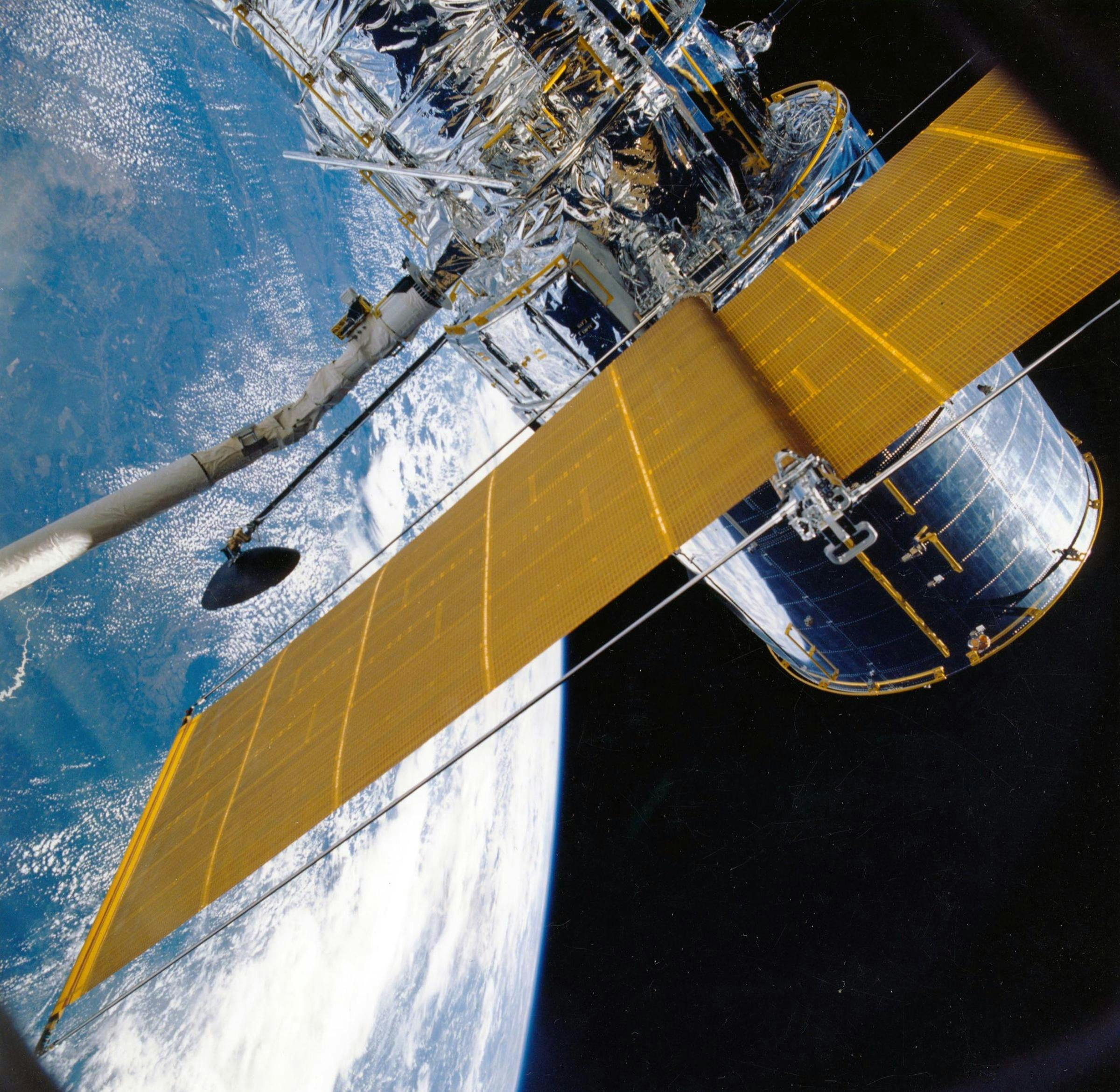In today’s hyper-connected world, internet access is not a luxury—it’s an essential utility across both civilian and military domains. With Elon Musk’s Starlink set to launch in India soon, our internet landscape is on the brink of a fundamental shift.
Why Satellite Internet Matters
Traditional ground-based networks rely on cables, towers, and physical infrastructure. While these work well in cities, they struggle in sparsely populated or disaster-prone areas. Floods, earthquakes, and remote terrain can cut off connectivity entirely.
Satellite internet bypasses these limitations. Operating above Earth, it delivers wide, terrain-independent coverage, making it invaluable for:
- Rural and remote connectivity
- Disaster relief operations
- Moving platforms like ships, airplanes, and oil rigs
- Military zones and temporary field operations
Far from being just a backup, it’s a transformative technology with potential to reshape the digital economy, civil services, and national defence.
The Technology Behind It
A satellite internet system has two parts:
- Space segment: Satellites carrying communication payloads in orbit
- Ground segment: Earth-based stations and user terminals
Satellites are deployed in three main orbits, each with distinct capabilities:
- GEO (Geostationary Earth Orbit) – 35,786 km above the equator, covering one-third of the globe. Large, stationary relative to Earth, but high latency makes them unsuitable for real-time tasks.
- MEO (Medium Earth Orbit) – 2,000–35,786 km altitude. Lower latency than GEO but still needs constellations for full coverage.
- LEO (Low Earth Orbit) – Below 2,000 km, offering very low latency, smaller and cheaper satellites, but each covers a smaller area. Starlink operates in this category, using massive “mega-constellations.”
Mega-Constellations: The ‘Internet in the Sky’
LEO mega-constellations like Starlink consist of thousands of small satellites working together. Key innovations include:
- On-board signal processing for better speed and efficiency
- Optical inter-satellite links to route data in space with minimal ground reliance
- Seamless hand-offs between satellites to maintain uninterrupted service
Starlink currently has over 7,000 satellites, with plans to expand to 42,000—a scale never seen before.
Real-World Impact
Satellite internet has already proven its value:
- Hurricane Harvey (2017): Viasat’s network restored communications when 70% of cell towers went down.
- Russia–Ukraine War: Starlink enabled Ukrainian forces to coordinate operations, evacuations, and drone missions despite Russian jamming.
- Siachen Glacier: The Indian Army uses satellite internet to maintain communications in extreme conditions.
However, the same technology can be misused—Indian authorities have seized smuggled Starlink units from insurgent and criminal networks. This makes control over satellite networks a matter of national security.
Applications Across Sectors
Satellite internet opens possibilities across industries:
- Communications: Bringing broadband to rural and isolated communities
- Transportation: Enhancing GPS, enabling autonomous vehicles, and improving logistics
- Disaster Management: Powering early warning systems and coordinating relief
- Healthcare: Enabling telemedicine and remote monitoring
- Agriculture: Supporting precision farming and crop analytics
- Defence & Security: Providing resilient, high-speed communications in conflict zones
The next frontier? Direct-to-smartphone connectivity—currently being tested—which could eliminate the need for separate terminals altogether.
The Strategic Imperative for India
Satellite internet offers India a chance to:
- Bridge the urban–rural digital divide
- Strengthen national resilience against disasters and cyber threats
- Boost economic growth through better connectivity in underserved regions
- Gain a strategic edge in defence and diplomacy
To fully harness these benefits, India must:
- Develop a comprehensive national satellite internet strategy
- Establish security and regulatory frameworks
- Actively engage in global governance discussions to shape rules for mega-constellations
Bottom Line:
Starlink’s arrival is more than a new internet provider—it’s the beginning of a new era in global connectivity. The countries that master this technology will shape not just the digital economy, but also the balance of power in the 21st century.


